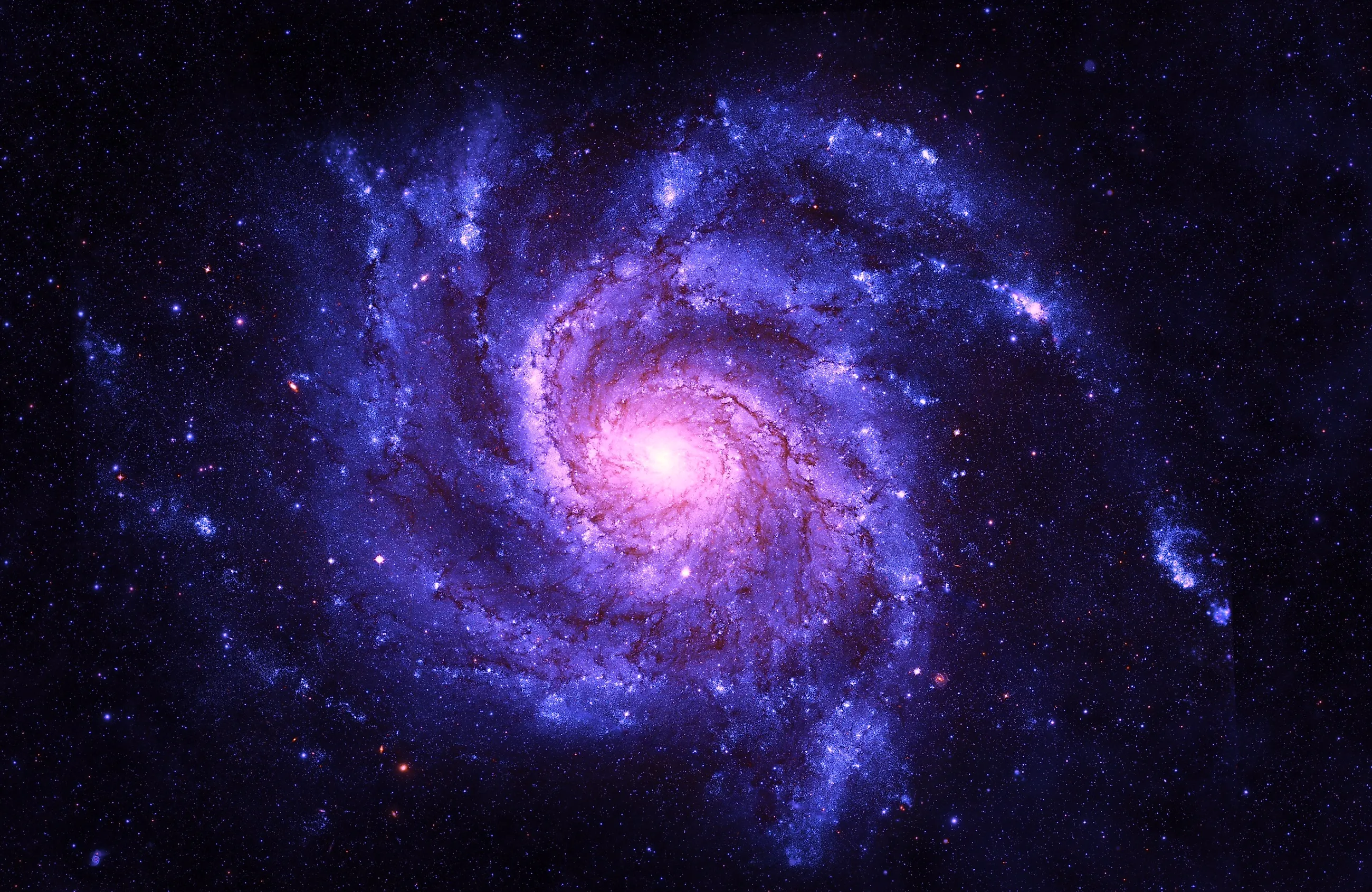Discovery in galaxy NGC 4383: Explosions eject a gas stream 20,000 light years away

A galaxy close to the Milky Way is undergoing huge explosions that are ejecting gaseous material equivalent to about 50 million suns into the surrounding space. This galactic pollution has been imaged in high resolution, providing important clues about how the space between galaxies is filled with chemical elements that eventually become the building material for new stars.
Here's What We Know
An international team of scientists studied NGC 4383, a spiral galaxy in the constellation Coma Berenices, using a large Very Large Telescope (VLT) called the Multi Unit Spectroscopic Explorer (MUSE). NGC 4383 is about 62 million light years from Earth, is part of the Virgo Cluster, and is going through a strange and tumultuous evolution.

Specifically, the galaxy is spewing out a stream of gas that is so large that it extends 20,000 light years. This jet of gas, which contains huge amounts of hydrogen and heavy elements, is travelling at speeds of up to 1,079,840 kilometres per hour. For comparison, that's about 450 times faster than the top speed of a Lockheed Martin F-16 fighter jet.
These flows, in short, are vital to the evolution of space. The elements they eject into intergalactic space will be the building material for the next generation of stars, planets, moons - and perhaps even the basis for the living beings that will one day inhabit these worlds. Scientists believe the huge flow of gas from this relatively close galaxy is the result of powerful stellar explosions at the heart of NGC 4383.
Source: Space